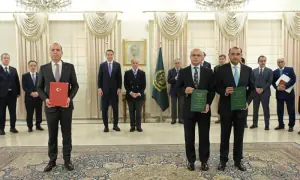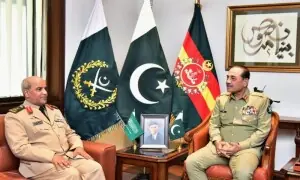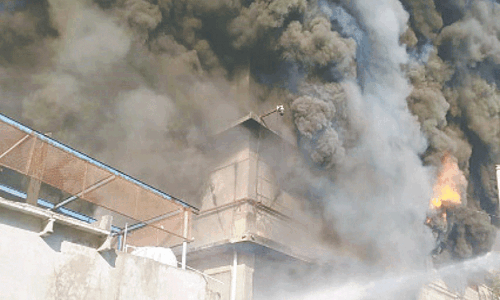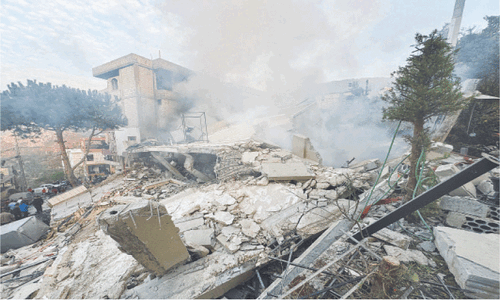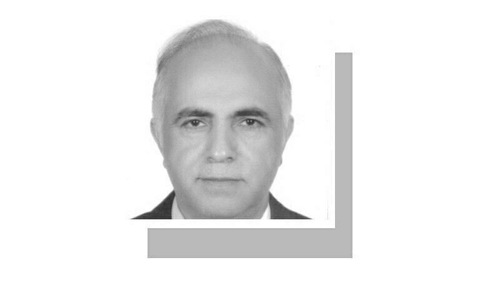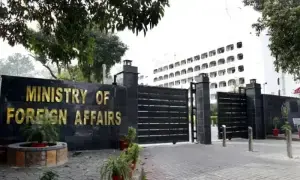IN one of his last reports as the US Special Inspector General for Afghanistan’s Reconstruction, John Sopko highlighted the factors contributing to America’s failure in Afghanistan. One of the main reasons was American ignorance of Afghan society and culture.
Like the Americans, Pakistan, too, either did not know or ignored Afghanistan’s reality, especially after the monarchy’s overthrow in 1973, when the ensuing struggle for power collided and merged with the Soviet invasion in 1979, America’s two Afghan wars, and the war on terrorism. They impacted the sociopolitical dynamics in each country, especially among the Pakhtun population along the Pak-Afghan border.
The jihadist and sectarian currents blended with other extremist/ militant groups in the region, and transnational networks like Al Qaeda. Under Taliban rule in the 1990s, Afghanistan became a hinterland for some, a home for others, and a flagship for all. When they lost power, the Taliban’s fight became their fight too. Whether or not Pakistan realised it, by supporting the Taliban then, it ended up ‘supporting’ the extremist constellation, including the Pakistani Taliban. It was a disaster foretold.
Afghanistan’s history, culture, ethnicity, social institutions, and religion organically link it to the neighbourhood, especially Pakistan. Since their inception, the Taliban have had a substantial presence in (former) Fata and Balochistan, and used Pakistani madressahs to recruit fighters. Taliban emir Hibatullah Akhundzada reportedly ran a Quetta madressah for nearly 10 years. Thus, the Taliban were never entirely an Afghan phenomenon.
Afghanistan is not a single-issue challenge.
Ignorance or denial of this reality and its implications for Pakistan were not the monopoly of the security establishment. The broader strategic community, and large sections of the media, and the political leadership, overwhelmed by the negative sentiments towards America — which were a consequence of the blowback of the Afghan war and the war on terrorism — expressed their ‘nationalist’ sentiments and ‘independent foreign policy’ by glorifying the Afghan Taliban, who were seen as icons of resistance against a superpower whose ‘chains of slavery’ were eventually broken by them. That today the same entity has enchained half the population of Afghanistan — the women — is a cruel irony.
It became evident that the Taliban would return. But Pakistan’s policymakers hardly realised that the Taliban 2.0 would be less isolated this time. As the only game in town, they would be the only hope for the stability of Afghanistan — instability in the country could let in transnational terrorists and extremists, radiating threats to regional peace. Being less dependent on Pakistan, the Taliban would have leverage over Islamabad as they had already deepened their roots in the tribal areas. They would take its support for granted, and did not have to earn it. Decades of dealing with the establishment had given them a good measure of Islamabad’s security dilemmas. They knew that by betting on them, Pakistan had painted itself into a corner.
The Taliban are benefiting from Pakistan’s disadvantaged position. Kabul’s lack of action against the TTP has many reasons, a principal one being the Taliban’s desire not be treated as proxies. Their support to the TTP and Baloch insurgency gives them leverage, helping them preserve their autonomy, and giving them the freedom to reach out to India, thus enhancing their clout over Islamabad.
The Taliban do not want any change along the Pakistan-Afghanistan frontier that had virtually become an open border due to decades of Taliban infusion. The status quo helps the economic interchange in the area, and helps the Taliban retain their influence, while denying the Durand Line as the international border. Pakistan wants a normal border with passport control and trade restrictions. But the Taliban are resisting it, causing border tensions.
It is clear that instability ensues when intelligence, policy, and politics related to an issue get aligned and are monopolised by one institution and the issue is only seen through the security lens; Afghanistan is not a single-issue challenge. It affects and is affected by Pakistan’s political stability and internal security, and prospects of regional cooperation all of which are essential to the country’s economic development and indeed to its future.
Afghanistan is thus as much a domestic issue as a foreign policy challenge. And one’s resolution depends on the resolution of the other. This would not be quick and easy. Pakistan should revisit its foreign policymaking process before another disaster follows.
The writer, a former ambassador, is adjunct professor Georgetown University and visiting senior research fellow at the National University of Singapore.
Published in Dawn, February 11th, 2025








